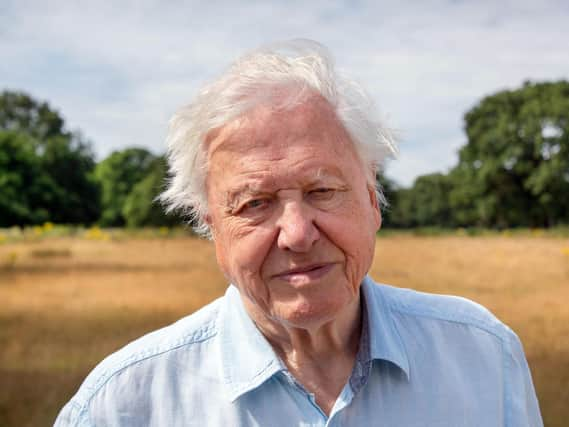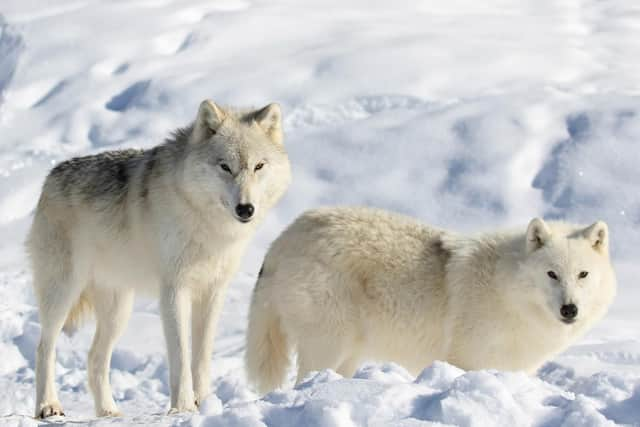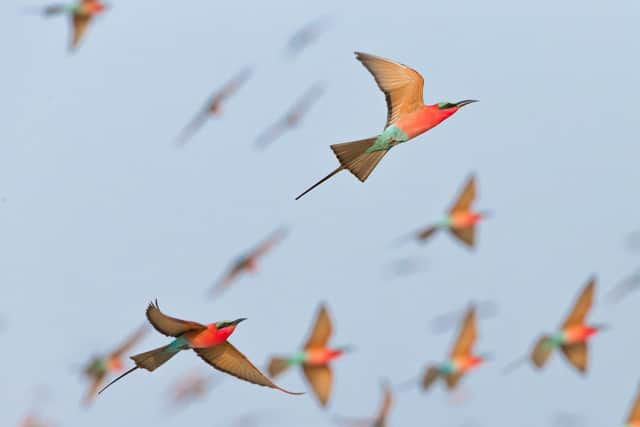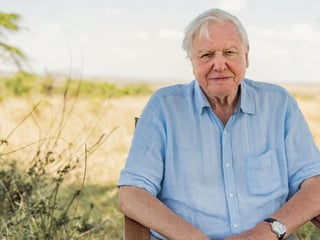The amazing creatures of Sir David Attenborough's A Perfect Planet - and where to find them


From volcanic eruptions responsible for crafting much of the earth’s surface, to weather patterns increasingly dictating our modern way of life, forces of nature are responsible for constantly reshaping the planet we call home.
In a pioneering break from traditional natural history documentary-making, new five-part BBC series A Perfect Planet studies these powerhouses and looks at how different species have adapted to their demands. Narrated by Sir David Attenborough, programmes cover the ocean, the sun, weather, volcanoes and perhaps the most powerful force of nature in recent times: humans.
Advertisement
Hide AdAdvertisement
Hide AdStark warnings about climate change are woven into each episode, but there are also plenty of high-spirited wildlife sequences, featuring characters so weird and wonderful, they promise to steal our hearts.


The flamboyant cuttlefish is among them and the BBC crew filmed the creatures in action in Lembeh Strait, Indonesia. Although measuring less than 5cm long, this tiny muck dweller is big in stature, and rightly earns its reputation for being one of the ocean’s most colourful characters.
Choosing to walk across the seabed rather than swim, it can easily camouflage both the texture and colour of its skin to match surroundings. But when a female comes into view, the super-charged suitor gives an electrifying display, dazzling his larger lady with a jukebox of flashing lights.
“When a male met a female, he went into overdrive!” recalls Ed Charles, producer of the Oceans episode, who witnessed several displays. “More often than not, she would reject his advance by squirting water in his face and darting away. But we were incredibly lucky to witness a female laying eggs.”
Advertisement
Hide AdAdvertisement
Hide Ad

Also featured on the show are arctic wolves. Stealthy predators adept at living in the harshest conditions, some populations can survive months without sunlight in icy lunar landscapes where temperatures plummet below -50C, but even during dark nights, their white coats radiate light and beauty.
“We captured some of the most beguiling aerial images of the polar landscape I have ever seen,” boasts episode producer Nick Shoolingin-Jordan, describing scenes captured on Canada’s Ellesmere Island, 500 miles from the North Pole. Several wolf packs also use Ennadai Lake in Nunavut, Canada, as a denning site.
It was over to Africa for the crew to track down carmine bee-eaters. These elegantly attired birds decorate Zambia’s dry, barren riverbanks when they migrate there to nest. Out of reach from predators, their waterside apartments were once a safe place to rear chicks, but droughts and changes in weather patterns are increasingly rendering them unstable.
“This is not just a little fantasy; we are facing a real crisis,” says Attenborough, referring to our rapidly changing climate. And it’s not just bee-eaters who are at risk. If we warm the earth to such a degree that the Arctic melts, every big city in the world will be underwater, warns the sage conservationist.
Advertisement
Hide AdAdvertisement
Hide AdAlso filmed on the continent were lesser flamingos. Scenes of flamingo chicks racing across the caustic soda flats of Tanzania’s Lake Natron, described by Attenborough as one of the most extraordinary sequences filmed for television, will stay with audiences forever.
Adults will only nest when water levels are low enough for the centre of the lake to dry out, which could happen just once every five years, making it one of the natural world’s rarest spectacles.
“Up until relatively recently, more people had landed on the surface of the moon than had stood amongst the flamingos in the middle of the Rift Valley,” says cameraman Matt Aeberhard.
A Perfect Planet is currently screening on BBC One on Sundays and is also available on iPlayer.
Advertisement
Hide AdAdvertisement
Hide AdSupport The Yorkshire Post and become a subscriber today. Your subscription will help us to continue to bring quality news to the people of Yorkshire. In return, you'll see fewer ads on site, get free access to our app and receive exclusive members-only offers. Click here to subscribe.
